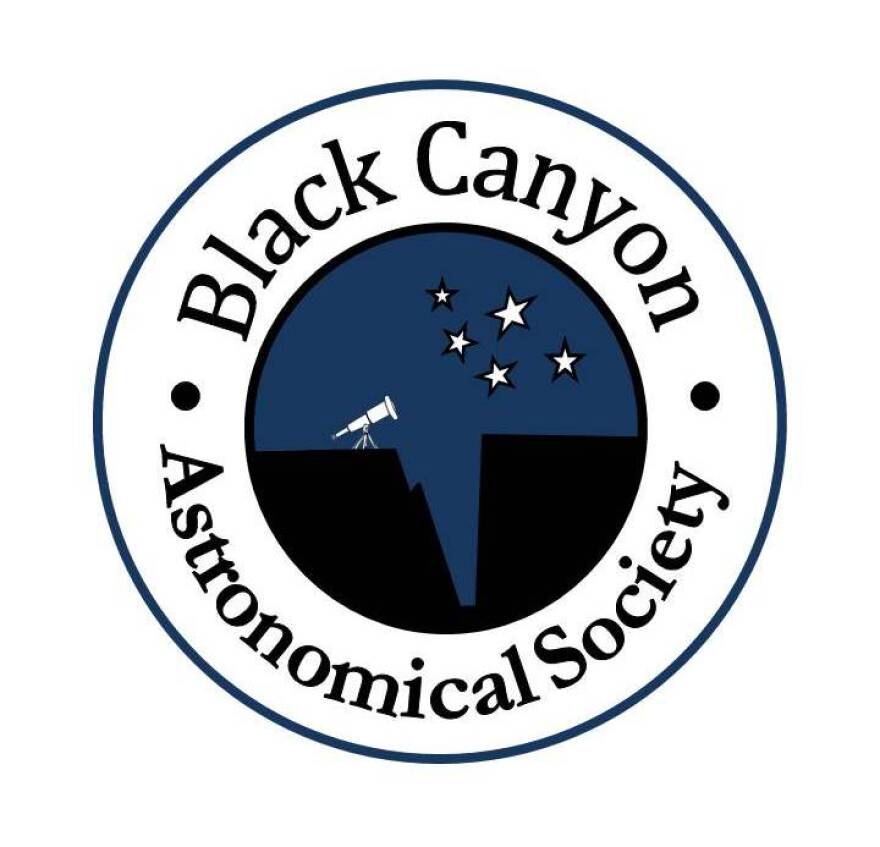On June 13, 2010 a bright fireball streaked across the sky over Australia. Was this a meteor or an errant piece of space junk burning up in Earth’s atmosphere? Actually, none of the above. It was Japan’s Hayabusa space probe returning to Earth at 25,000 m.p.h., after visiting the asteroid Itokawa.
The word Hayabusa means Peregrine falcon in Japanese. As an aside, the Suzuki Hayabusa is the world’s fastest production motorcycle, but it’s not nearly as fast as its namesake space probe. Hayabusa’s sample return capsule succeeded in returning a few micrograms of dust from Itokawa, becoming the first space probe to bring an asteroid sample to Earth for scientific study. Itokawa is an S-type asteroid, a type whose spectra are consistent with silicate minerals. S-type asteroids have been considered the source for a variety of stony meteorites, called LL Chondrites. This was confirmed when researchers discovered the silicate minerals olivine, pyroxene and plagioclase in the returned sample.
On June 27, 2018, Hayabusa’s successor, Hayabusa 2, rendezvoused with the asteroid Ryugu, which means “Dragon Palace” in Japanese. Ryugu is a C-type asteroid, a type considered to be the source for carbonaceous chondrite meteorites. Such meteorites contain an intriguing mix of organic compounds and silicate minerals. They are of great interest to organic chemists and others studying the origin of life.
Hayabusa 2 is imaging and mapping Ryugu from close range and collecting spectral data from the asteroid. It has also deployed 3 rovers to the asteroid’s surface. The Japanese Aerospace Exploration Agency, which operates Hayabusa 2, successfully collected a sample from Ryugu on February 21 and may try to collect two more samples this year. In December 2020, another fireball will hopefully appear over Australia, as Hayabusa 2’s sample capsule returns to Earth.
The next several years will be exciting times for asteroid science. Returned samples from Japan’s Hayabusa 2 probe and NASA’s OSIRIS-REx mission should provide amazing insights into the nature and origin of asteroids, these poorly understood members of our solar system.

Western Slope Skies is produced by the Black Canyon Astronomical Society. This episode was written and recorded by Art Trevena.
Web links for Hyabusa 2, Ryugu, and Hyabusa 1:
www.planetary.org/blogs/?keywords=hayabusa-2
www.hayabusa2.jaxa.jp/en/
www.skyandtelescope.com/astronomy-news/hayabusa2-touchdown-asteroid-sample/
Hayabusa reentry from Ames Research 2010-06-13.ogv


